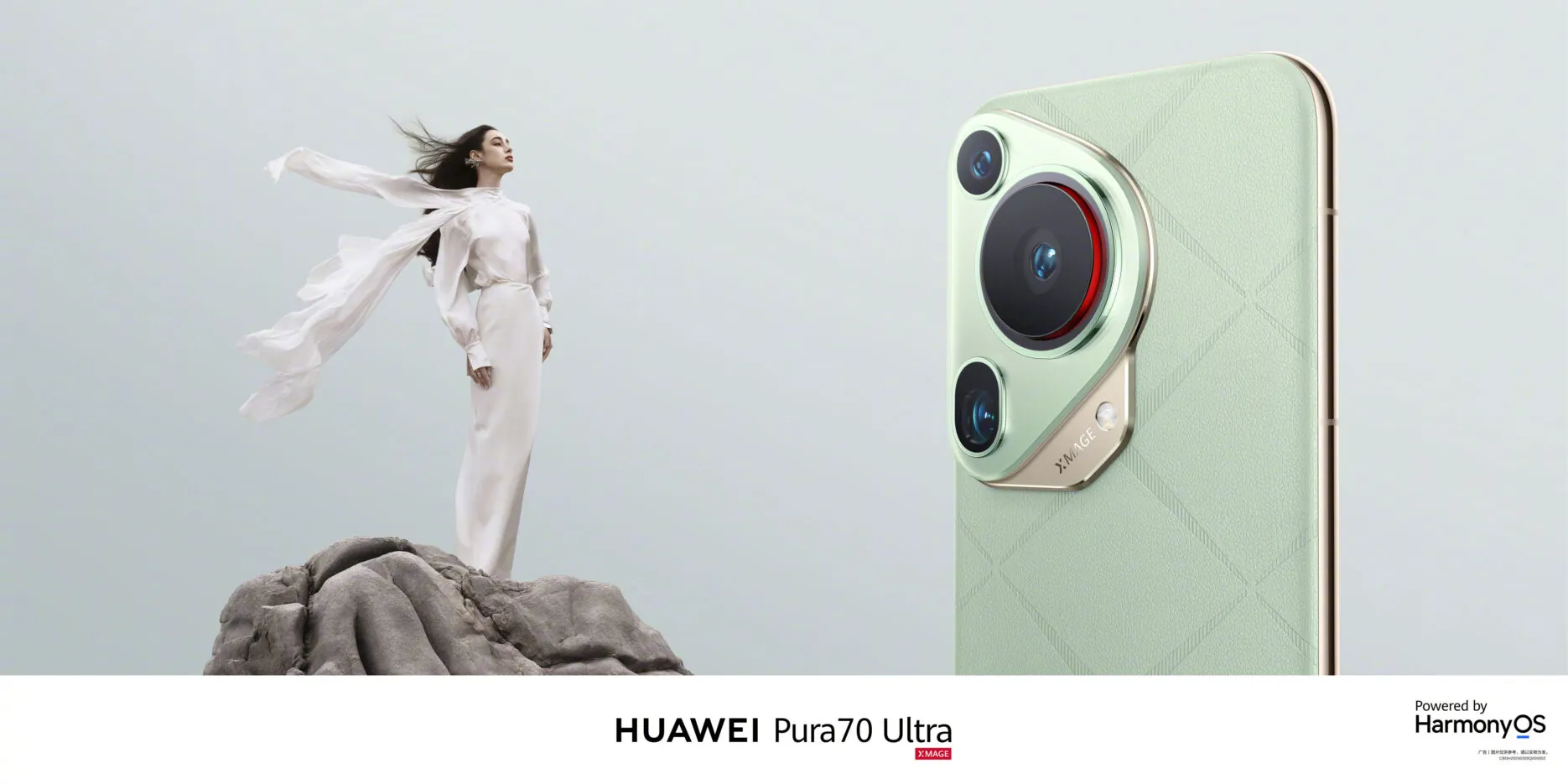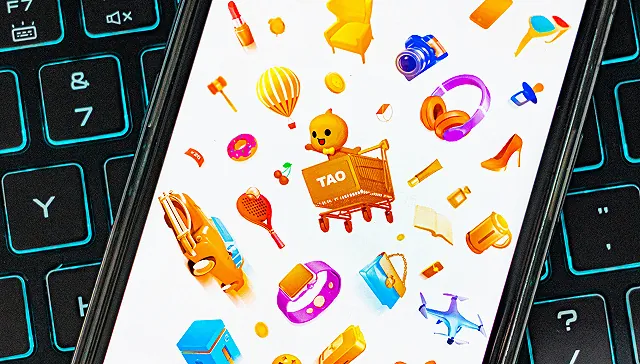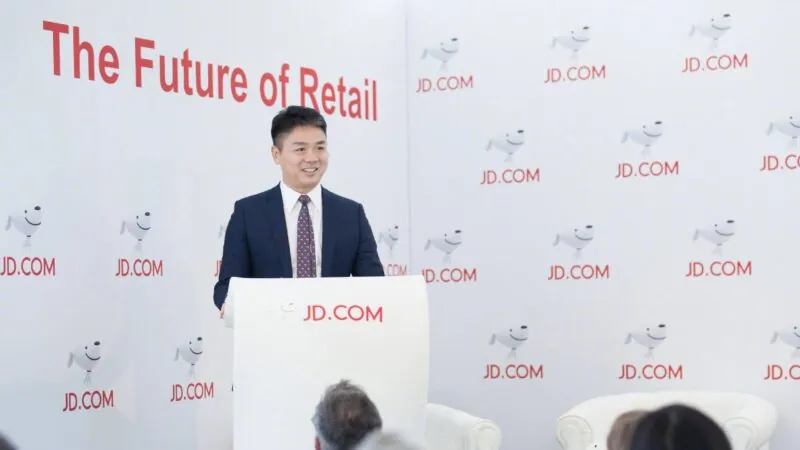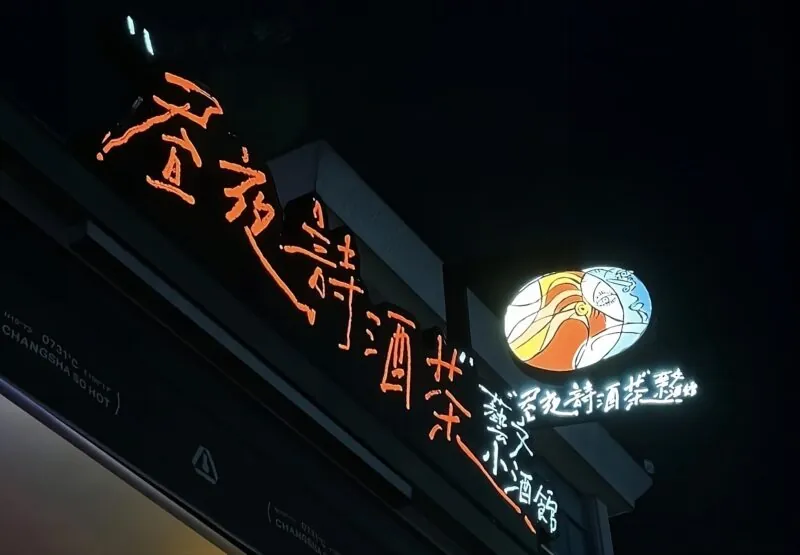When Huawei held the HarmonyOS Eco Spring event and announced the relaunch of its Luxeed S7 EV and MateBook X Pro AI PC, pundits such as the South China Morning Post couldn’t help but notice the gaping hole in the Chinese smartphone maker’s line-up as the industry and consumers eagerly awaited the announcement of its P70 smartphone.
Huawei subsequently released a surprise teaser video announcing the new series name had been changed to Pura 70 and teased the triangular camera island. 3 days later, the Pura 70 Ultra and Pro phones hit the shelves with little fanfare. Pro+ and the base version Pura 70 will be released on 22 April. The base version will set you back 5,499 RMB (759.70 USD) while the top-of-the-line Ultra costs a whopping 9,999 RMB (1,381.38 USD).



Netizens were surprised and delighted by the (almost) unannounced launch. On Weibo, China’s Twitter equivalent, several related hashtags made it to the Hot Search list. Interestingly, it was the old name “Huawei P70” (#华为P70#) that topped the list with 260 million views. However, the views were mostly amassed before the update. “Huawei Pura 70 series starts sale” (#华为Pura70系列开售#) reached number 2 on the Hot Search list, with 110 million views. Most posts are unboxings and reviews, focusing on the new cameras. The Ultra version boasts a 1-inch retractable telescopic camera.
The Pura series, formerly known as the P series is known for its camera and design while the Mate series focuses on performance and business features. Experts say that the new Pura 70 series contains advanced Chinese-made chips developed after US restrictions, like its Mate 60 series from 2023. Huawei estimates Pura 70 will ship 1 million units on launch. An analyst says that the new series will likely ship between 13 and 15 million but at least 10 to 12 million. With a Mate 70 on the horizon, Huawei is aiming to equip its flagship smartphones with a next-gen “pure” version of HarmonyOS. This development would mean Huawei is on course to complete its independence in both software and hardware and further compete with Apple.









